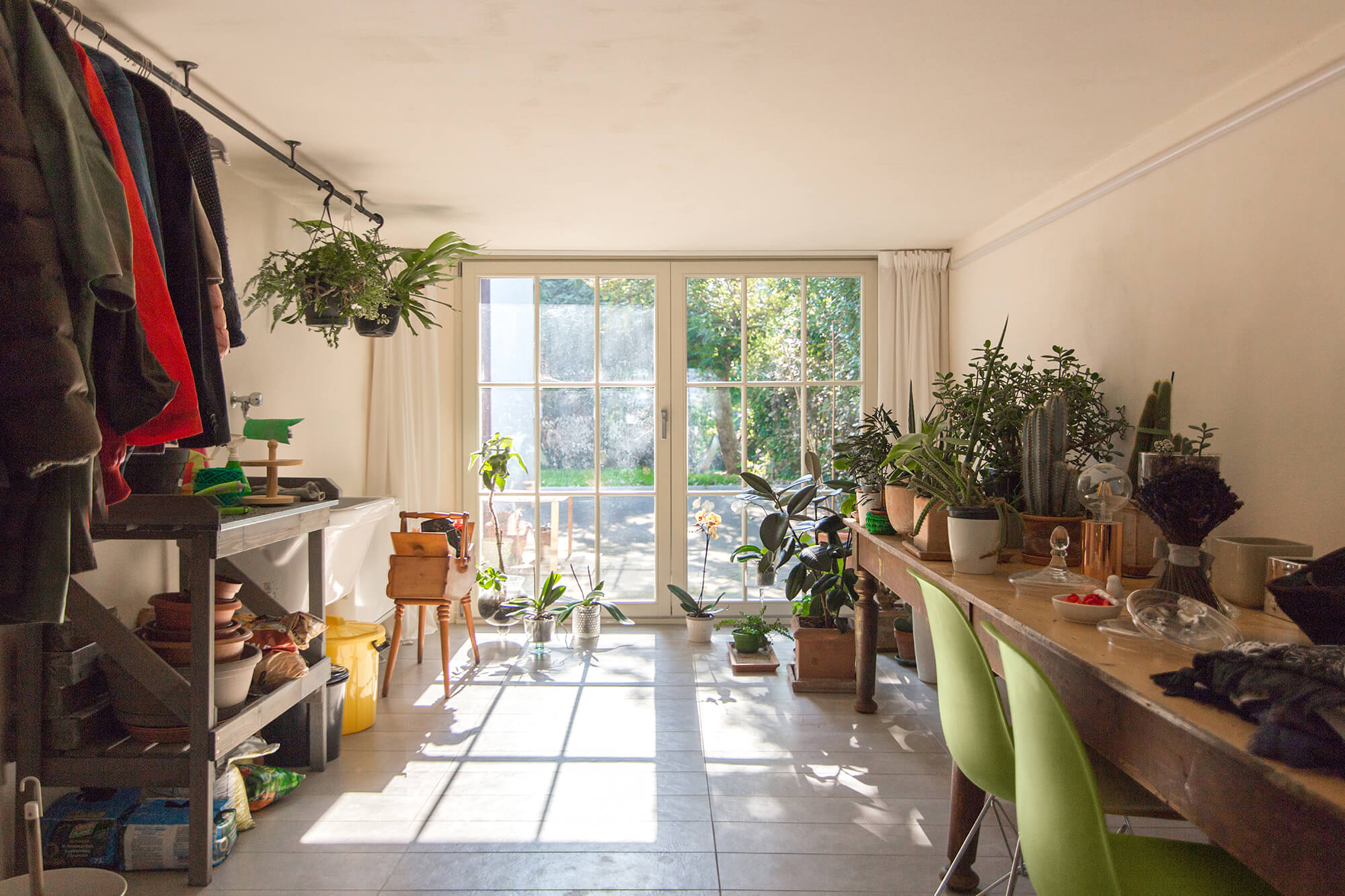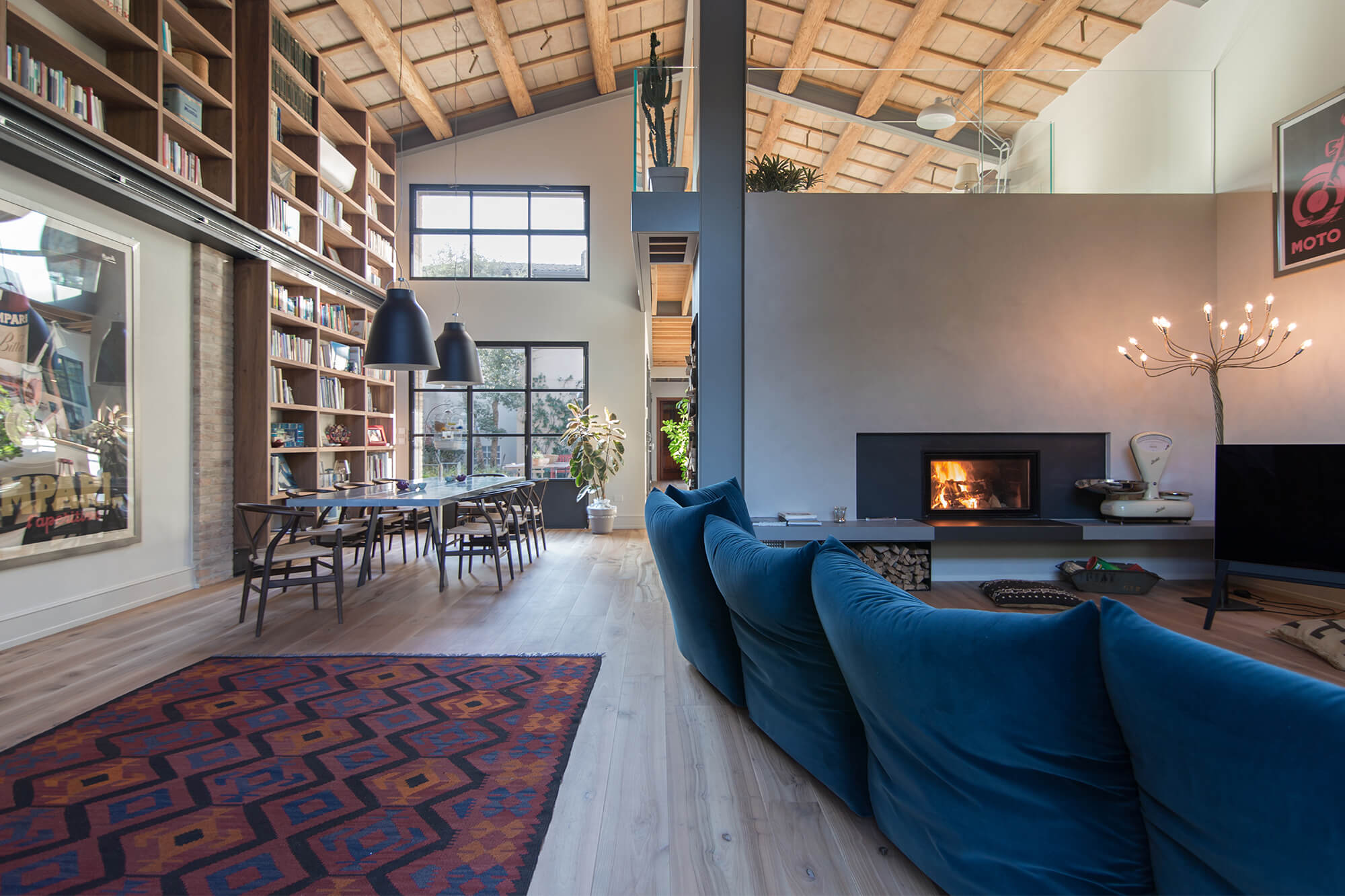The thin green line is a photographic journey through the landscape of the Comacchio Lagoons.
The Comacchio Lagoons, enclosed between the Adriatic Sea and the Reno and Po rivers, are a characteristic example of integration between natural environment and human activities and are one of the largest wetland complexes in Italy, an important biotope already declared wetland of interest international for significant biodiversity.
This water landscape extends for a total of 13,700 thousand hectares and the current conformation is due both to the morphological evolution of the Po river delta and to the anthropic action of reclamation: formed around the 10th century due to the swamping and lowering of the soil near the Po delta, initially the Lagoons were characterized by freshwater but starting from the 16th century they were gradually infiltrated by nearby seawater leading to their transformation into brackish valleys.
In the centuries there have been many hydraulic reclamation works for the reorganization of the territory, which have allowed to configure and develop the economic and social structures of the populations that inhabit these territories.
The green tongues of the land draw the landscape and lose themselves on the horizon: they are canals, bumps, ponds and basins for the accumulation of marine waters that have determined a perfect habitat for the vegetation and for many species of birds, like the pink flamingo, who have chosen this place to stop, live or reproduce.
La sottile linea verde è un viaggio fotografico attraverso il paesaggio delle Valli di Comacchio.
Le Valli di Comacchio, racchiuse tra il Mar Adriatico e i fiumi Po e Reno, sono un caratteristico esempio di integrazione tra ambiente naturale e attività umana e costituiscono uno dei maggiori complessi salmastri d’Italia, un importante biotopo già dichiarato zona umida d’interesse internazionale per la significativa biodiversità.
Questo paesaggio d’acqua si estende complessivamente per 13.700 mila ettari e l’attuale conformazione è da ricondursi sia all’evoluzione morfologica del delta del Po sia all’azione antropica delle bonificazioni: formatesi intorno al X secolo a causa dell’impaludamento e dell’abbassamento del suolo in prossimità del delta del Po, le Valli erano caratterizzate inizialmente da acqua dolce ma a partire dal XVI secolo esse vennero progressivamente infiltrate dall’acqua marina vicina portando ad una loro trasformazione in valli salmastre.
Nel corso dei secoli molte sono state le opere idrauliche di bonifica per il riassetto del territorio, le quali hanno permesso di configurare e sviluppare gli assetti economici e sociali delle popolazioni che abitano questi territori.
Le verdi lingue di terra disegnano il paesaggio e si perdono all’orizzonte: sono costituite da canali, dossi, specchi d’acqua e bacini per l’accumulo delle acque marine che hanno determinato un habitat perfetto per la vegetazione e per molte specie di uccelli, come il fenicottero rosa, che hanno scelto questo luogo per sostare, vivere o riprodursi.
Ravenna/Ferrara, Italy











